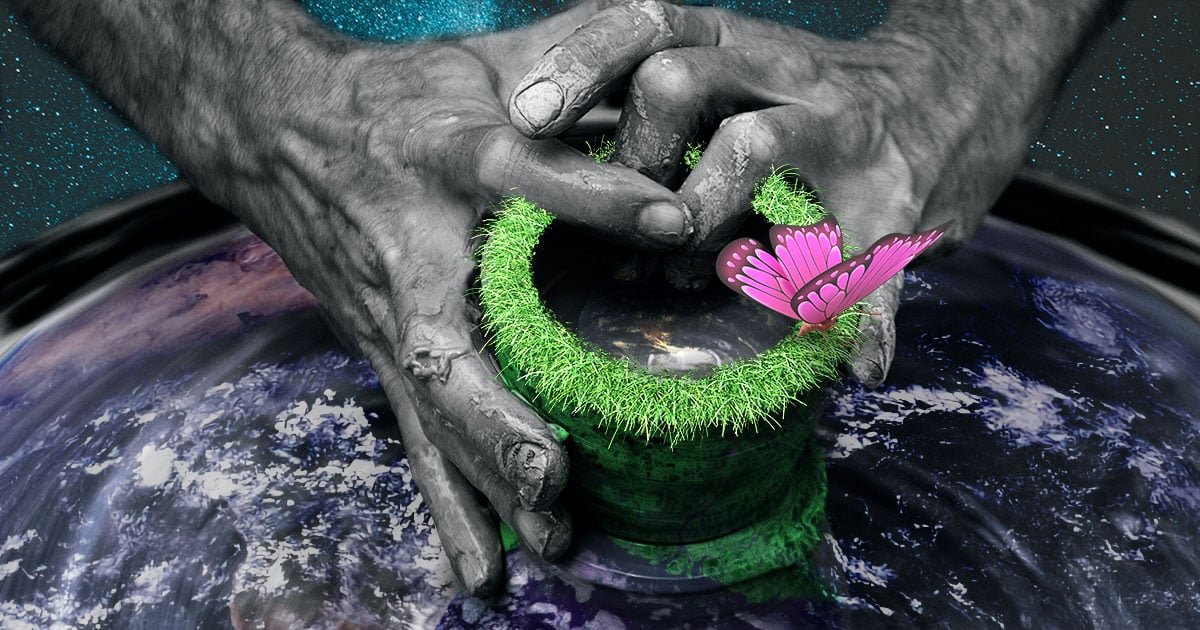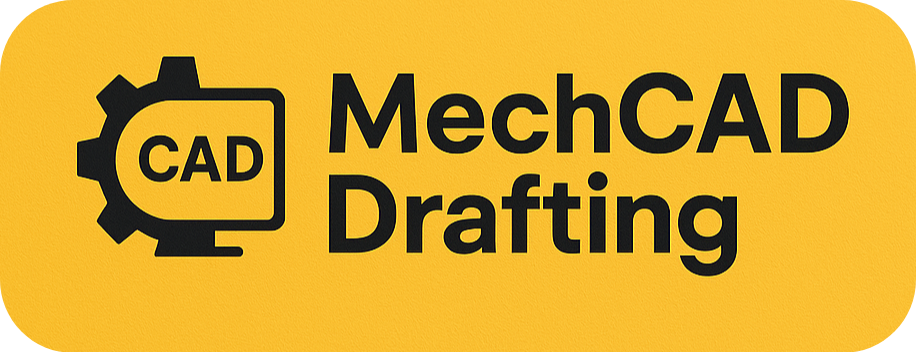Sustainable Product Design and Development: Eco-Friendly Innovation

As the world becomes increasingly aware of environmental challenges, the demand for eco-conscious solutions continues to grow. Today, companies and designers alike are rethinking the way products are conceived, created, and delivered. The goal is no longer just to make something functional or beautiful, but to do so with minimal environmental impact. This is where sustainable product design and development steps in—a responsible, forward-thinking approach that combines creativity with conscience.
In this blog, we’ll explore how sustainable product design and development is reshaping industries, empowering consumers, and building a greener future.
Chapter 1: What Is Sustainable Product Design and Development?
Sustainable product design and development is the practice of creating products that consider their full environmental impact—from raw material extraction to end-of-life disposal. It integrates eco-friendly principles at every stage, ensuring that the products we make today do not compromise the needs of future generations.
This approach involves more than just using recyclable materials. It means optimizing processes to reduce energy use, selecting renewable resources, minimizing waste, and creating long-lasting products that are easy to reuse or recycle.
Chapter 2: Why Sustainability Matters in Product Development
The urgency of climate change, resource depletion, and pollution has forced industries to adopt sustainable practices. Governments are imposing stricter regulations. Consumers are making more conscious buying decisions. And businesses are realizing that sustainability isn’t just ethical—it’s smart economics.
Sustainable product design and development helps reduce carbon footprints, save costs in the long run, and improve brand reputation. It aligns with the values of today’s environmentally-aware consumers and sets businesses apart in competitive markets.
Chapter 3: Key Principles of Eco-Friendly Product Design
To apply sustainable product design and development effectively, it’s important to follow certain foundational principles:
1. Life Cycle Thinking
Consider the environmental impact of a product at each stage of its life cycle—design, production, distribution, usage, and disposal. The aim is to reduce negative impacts at every step.
2. Resource Efficiency
Use materials and energy wisely. This includes minimizing the number of materials used, opting for renewable or recycled inputs, and reducing energy consumption during production.
3. Durability and Longevity
Design products that last. A longer product life means fewer replacements, less waste, and reduced demand on natural resources.
4. Reusability and Recyclability
Products should be easy to disassemble and recycle. Components that can be reused or refurbished also contribute to a circular economy.
5. Minimal Environmental Impact
From packaging to transportation, every aspect should be designed with minimal harm to the environment. This can include biodegradable packaging, compact designs that reduce shipping emissions, and non-toxic finishes.
Chapter 4: Steps in the Sustainable Design and Development Process
Let’s break down how to implement sustainable product design and development from concept to launch.
1. Ideation and Research
Start by identifying real-world problems with an environmental focus. Look for ways to reduce waste, solve inefficiencies, or offer greener alternatives to existing products.
Research materials, suppliers, and production methods that align with sustainability goals.
2. Concept Development
Sketch initial ideas and explore multiple sustainable alternatives. Think about materials, manufacturing techniques, and potential end-of-life scenarios.
At this stage, collaboration with environmental engineers or sustainability experts can be highly beneficial.
3. Material Selection
Choosing the right material is one of the most critical parts of sustainable product design and development. Some examples include:
- Bamboo, cork, or hemp for natural alternatives
- Recycled aluminum or plastic
- Biodegradable polymers
Always consider the source, recyclability, and energy required to process each material.
4. Design for Disassembly
Make it easy to take the product apart for repair or recycling. Use fasteners instead of adhesives, and mark materials to simplify sorting.
5. Prototyping and Testing
Create eco-friendly prototypes to test performance, durability, and user satisfaction. Evaluate environmental impact during this stage using tools like Life Cycle Assessment (LCA).
6. Manufacturing
Partner with manufacturers that follow eco-friendly practices. Optimize manufacturing to minimize waste and energy consumption.
If possible, keep production local to reduce transportation-related emissions.
7. Packaging
Sustainable product design and development extends to packaging. Use recycled or biodegradable materials, avoid excess wrapping, and design for easy recycling.
8. Launch and Feedback
Once your product is launched, gather feedback to improve future iterations. Encourage customers to recycle, repair, or return the product for refurbishment.
Chapter 5: Sustainable Materials and Technologies
Technological innovation has opened new doors for sustainable product design and development. Here are some materials and methods gaining popularity:
– Mycelium-Based Packaging
A biodegradable alternative to Styrofoam, made from mushroom roots.
– Bioplastics
Plastic-like materials derived from renewable sources such as corn starch or sugarcane.
– Recycled Textiles
Used in fashion and upholstery, these reduce landfill waste and demand for new fibers.
– 3D Printing
Minimizes waste by using only the exact amount of material required.
– Solar-Powered Manufacturing
Factories running on renewable energy significantly reduce their carbon footprint.
Using such materials and technologies helps create products that align with eco-friendly values without sacrificing performance or aesthetics.
Chapter 6: Examples of Sustainable Design in Action
Many brands have already embraced sustainable product design and development with great success:
1. Patagonia
The outdoor gear company uses recycled fabrics, supports repairs, and promotes secondhand sales through its Worn Wear program.
2. IKEA
They aim to become fully circular by 2030. Their furniture is increasingly made from recycled or renewable materials.
3. Tesla
While primarily known for electric vehicles, Tesla’s innovations extend to energy storage and solar-powered solutions, all guided by sustainability.
These examples show that sustainable product design and development isn’t just for niche markets—it’s a growing force in mainstream industries.
Chapter 7: Challenges in Sustainable Product Design and Development
Despite its benefits, this eco-conscious approach presents unique challenges:
– Cost
Eco-friendly materials and processes can be more expensive upfront. However, long-term benefits often outweigh initial investments.
– Supply Chain Limitations
Sourcing sustainable materials consistently can be difficult, especially in certain regions.
– Consumer Perception
Not all consumers understand or value sustainability, making marketing a critical part of the strategy.
– Complexity
Balancing performance, cost, aesthetics, and sustainability is not easy. It requires careful planning and often more time than traditional design methods.
Still, overcoming these challenges is part of the journey toward responsible innovation.
Chapter 8: The Role of Designers and Businesses
Everyone involved in product creation plays a role in sustainable product design and development:
- Designers can prioritize eco-conscious principles in their sketches.
- Engineers can find energy-efficient manufacturing methods.
- Marketers can educate consumers on environmental benefits.
- Executives can support investment in sustainable technologies.
Ultimately, it’s a team effort that demands a shared vision and commitment.
Chapter 9: Consumer Empowerment Through Sustainability
Modern consumers are not just buying products—they’re buying into values. By promoting sustainable product design and development, brands empower consumers to make better choices.
Simple things like offering carbon-neutral shipping, encouraging product returns for recycling, or being transparent about material sourcing go a long way in building trust.
The more consumers understand the positive impact of their choices, the stronger the movement toward eco-friendly innovation becomes.
Chapter 10: Future Trends in Sustainable Product Innovation
The next decade will bring exciting changes to the world of sustainable product design and development. Some emerging trends include:
- Cradle-to-Cradle Certification: Ensuring that every part of a product can be reused or returned safely to the environment.
- Modular Design: Creating products with interchangeable parts to extend lifespan.
- Bio-Inspired Design: Taking cues from nature to create efficient, waste-free products.
- Carbon Labeling: Helping consumers understand the environmental cost of their purchases.
These trends show that sustainability isn’t a passing trend—it’s a permanent shift.
Conclusion
The transition to eco-friendly practices is no longer optional—it’s essential. Sustainable product design and development offers a pathway to innovation that respects the planet and meets the evolving demands of consumers.
From material selection to packaging, from production to marketing, sustainability can be woven into every part of the process. It doesn’t mean compromising quality or functionality. On the contrary, it leads to better products, smarter solutions, and stronger customer loyalty.
